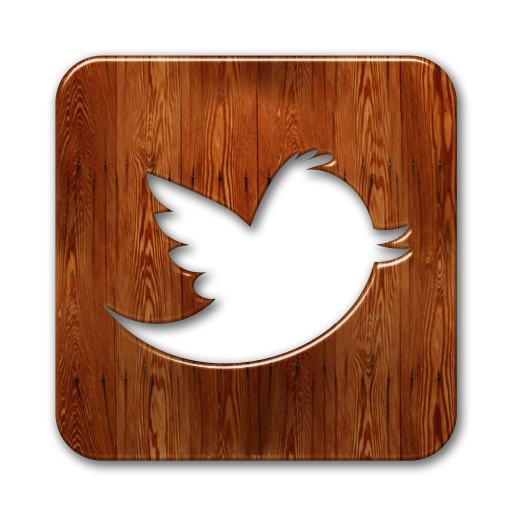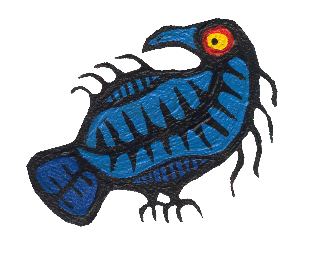Native-Art-in-Canada has affiliate relationships with some businesses and may receive a commission if readers choose to make a purchase.
- Home
- Maple Syrup
- Ojibwa Maple Syrup Harvest
Ojibwa Maple Syrup
The Ojibwa Maple Sap Harvest
 First Nations Maple Sugar Camp
First Nations Maple Sugar CampTowards the end of winter it was time to make maple syrup. In the old days, the fourth moon, Ishkigamisegi Geezis, was the Moon of Boiling.
Women would pack dried meat and other basic food supplies into rawhide containers, men would pack fur blankets, woven mats, rawhide ropes and any other life saving gadgets onto toboggans and kids would get excited about the trip out to the sugar bush camp.
Many species of maple trees are found throughout the Northern hemisphere but only two of these - the sugar maple and the black maple - are commonly used for syrup production. Box elder (also known as Manitoba maple) also produces a passable sap.
Large trees that have developed lots of branches generally produce more plentiful and sweeter sap, especially when they have protection from the wind and good exposure to the sun. The best yield is from healthy, undamaged specimens with many branches and dense foliage.
The traditional method of making syrup involved lots of boiling, but there was another less labour intensive way. If weather permitted, the collected sap could be left to freeze overnight and the ice removed in the morning. Repeated freezing eventually produced syrup that could be further processed over heat to make maple sugar.
Uses for Maple Syrup
Flavouring:
- Syrup was used to flavour all sorts of food...meat and fish, berries, harvested tubers and wild rice.
- The syrup or sugar could simply be added to the cooking pot, or poured on top of the completed meal.
- Sap that had been allowed to sour was used to cook venison which was then sweetened with syrup in the last stages of cooking...the original sweet and sour recipe!
Beverages:
- The fresh sap could be used as it came from the tree or mixed with box elder or birch sap as a refreshing drink.
- Maple sugar and syrup was dissolved in water to make a sweet drink by itself or added to teas made of bark, leaves or roots.
- Fermented sap was used as an intoxicant...sometimes mixed with stewed berries.
Medicinal Uses of Sugar Maple:
- A decoction of leaves was used as a wash to treat a sever itch.
- A compound infusion of bark and sap was used to treat sore eyes.
- An infusion of bark in a small amount of water was used also as a cough syrup and an expectorant.
- Here's a don't try this at home item: An 1832 remedy written up in the John A MacDonald Album, reported a cure for cholera. It suggested a rub of lard, maple sugar and ashes from the maple tree, followed by a hot draught of maple sugar and lye. This caused violent perspiration (no kidding!!!) which in the understanding of the day was like fighting poison with a stronger poison in the hope that it would bring about a cure.
- Remember.....DON'T TRY IT AT HOME!!!






